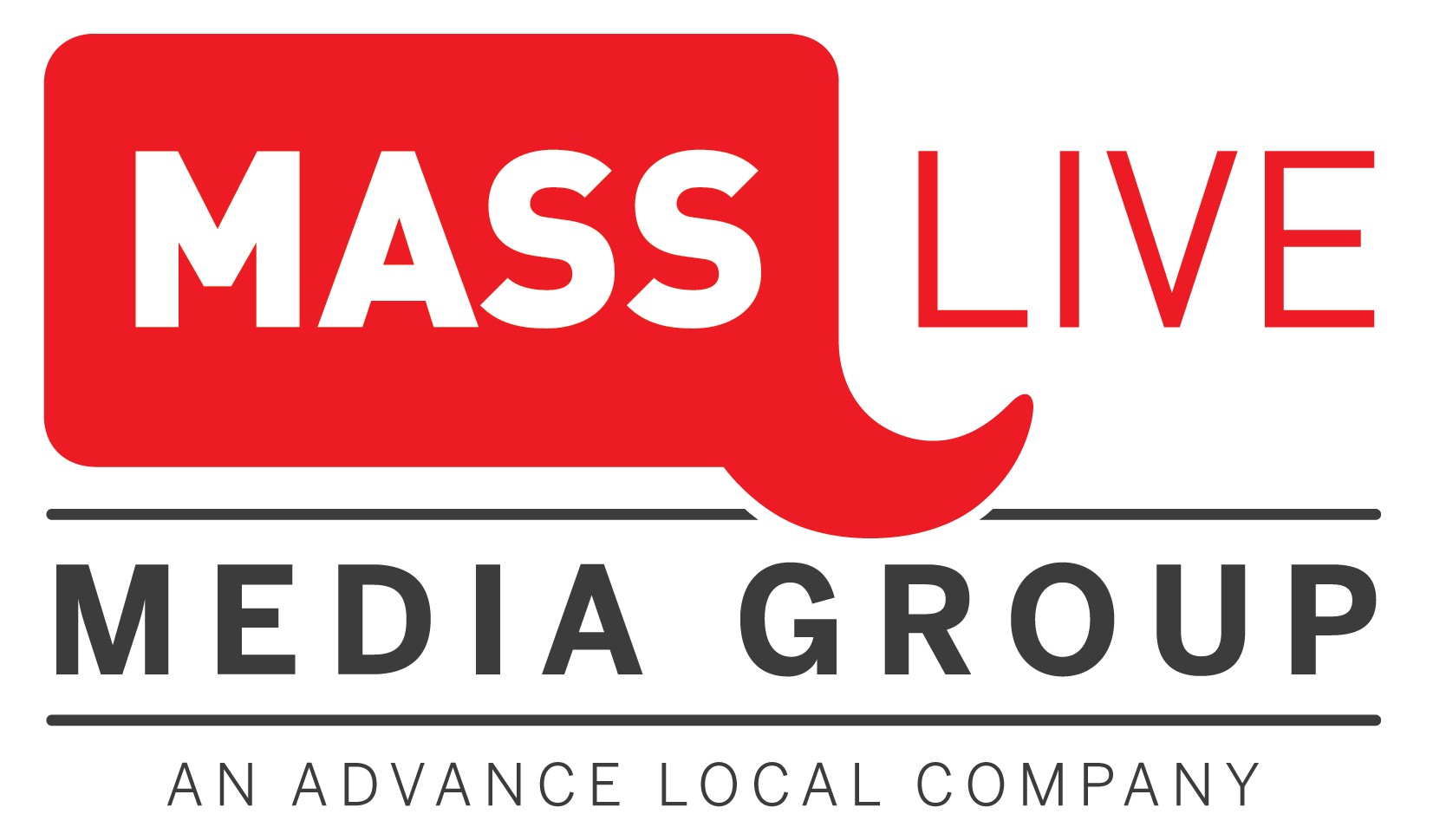Accessibility in Tourism
Those living with disabilities have many unique hurdles to jump through. They must take extra precautions to keep themselves safe from harm. That is especially true when traveling. Disabled individuals wanting to travel to other areas must complete extensive research before they do. This way, they can prepare for anything that comes their way. That includes information like wheelchair accessibility.
Having this information readily available and accessible can make travel planning more convenient for those with disabilities. It also allows you to cater to a wider, more general audience. Here, the team at MassLive Media Group discusses what accessibility in tourism is and how to make information more accessible for disabled individuals successfully.
What Does Accessibility in Tourism Mean?
It can be easy to make a website that caters to the general public when initially designing one. However, this leaves out a whole population of travelers – those dealing with disabilities. Accessibility in tourism involves the implementation of information that targets disabled travelers. That can include those who have physical limitations, visual impairments, cognitive problems, and hearing impairments. It can also include older individuals who may have difficulty getting around.
Because those with disabilities deal with certain impairments and limitations, they require specialized knowledge for tourism and travel. This information can give disabled individuals the capability to plan their trips easily. When tourist companies do not cater to disabled individuals, it can deter a large population of travelers from visiting your area. By providing accessible information, you can create the right strategy for making those with disabilities feel welcome.
Some general information that can cater to accessibility includes:
- Wheelchair accessibility
- Transportation
- Accessible dining establishments
- Hotel accommodations
Ways to Improve Accessibility
There are many ways in which tourism companies can improve accessibility through their content, including:
Provide Detailed Information
It can be beneficial to showcase accessibility opportunities in your area to make things easier for disabled individuals. For example, sharing that certain places are wheelchair accessible can let disabled individuals know they can easily visit and plan. Other information you can include is as follows:
- Available disability equipment
- ADA-compliant hotel rooms
- Professional staff available to assist with accessibility
- Accessible airport transfers
- Accessible streets
- Restaurant accessibility
- Adaptable restrooms
- Wheelchair-accessible vehicles
One easy way for tourism companies to include this information is by dedicating an area of their FAQ section to accessibility information, like wheelchair accessibility. Companies should also consider implementing this information throughout their website, allowing it to pop up in searches easily.
Ensure Travelers Can Access Information Easily
While having detailed information is a great start, the next step is ensuring it is easily accessible to the public. That means implementing the right content strategy that speaks to disabled individuals. Including accessibility information on your website and social media can make it readily available for travelers. Incorporating it throughout different pages on your website can also make it easily searchable, which plays a large role in increasing accessibility efforts.
Additionally, adding alt text to your website can make information accessible for those with visual impairments. Alt text is a small sample that describes images on a website. This sample is then read to the individual using specialized software. If you have images of your stunning destination, you want all those looking to visit to see just how wonderful it is. Alt text can not only give those who are blind an idea of what your area looks like, but it can also allow them to visualize themselves experiencing all you have to offer.
Highlight Accessible Activities
A destination is only as good as the activities and events it offers. They can show travelers how much fun they can have in your area and the many opportunities for making lifelong memories. Individuals with disabilities should have this information, as well. However, their activities should focus more on accessibility and convenience.
Highlighting accessible activities on your website or social media can make those with disabilities feel included in their travels. Through blog posts, companies can showcase disability-friendly activities and events. They can also show helpful information like accessible parking, walkways, streets, and buildings. Implementing this information can allow tourism companies to open their audience, inviting tourists from all walks of life and showing them they are all welcome.
Make Tourism Accessible in Your Area with Help from MassLive Media Group
MassLive Media Group is here for businesses struggling with their content strategy. Crafting the right strategy can take time and resources, and not many companies know how to cater to wider audiences. It all comes down to the language, tone, and the information you display – which our team can help find and implement. To learn more about us or how we can help enhance accessibility efforts in tourism, contact us today.
References
https://www.un.org/development/desa/disabilities/issues/promoting-accessible-tourism-for-all.html
https://www.disabled-world.com/travel/



 Ad Choices
Ad Choices